A real beginner's question !
marguerite_gw Zone 9a
20 years ago
Related Stories
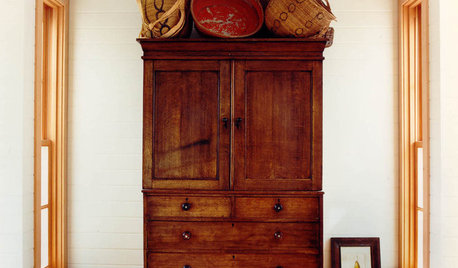
DECORATING GUIDESA Beginner's Mini Guide to Buying Antiques
Experience the thrill of the hunt without ignorance ruining the spoils, with this guide to antiquing for novice buyers
Full Story
WORKING WITH PROSA Beginner’s Guide to Managing a Remodel
How do you make your design dream a reality? Here’s some project management know-how to help you work with your designer
Full Story
DECORATING GUIDESA Beginner’s Guide to Getting Wallpaper Right
Follow these experts’ wallcovering ideas and tips to help ensure a successful outcome
Full Story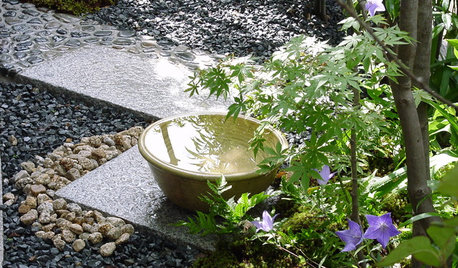
WORLD OF DESIGNA Beginner’s Guide to the Japanese Tea Garden
A small roji, or teahouse garden, offers a respite from everyday life. Why not make one part of your home garden?
Full Story
SELLING YOUR HOUSE15 Questions to Ask When Interviewing a Real Estate Agent
Here’s what you should find out before selecting an agent to sell your home
Full Story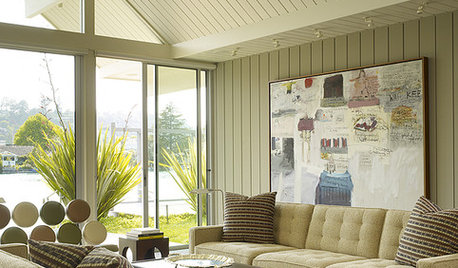
ARTCollect With Confidence: An Art-Buying Guide for Beginners
Don't let a lack of knowledge or limited funds keep you from the joy of owning art. This guide will put you on the collector's path
Full Story
GARDENING GUIDES10 Tips to Start a Garden — Can-Do Ideas for Beginners
Green up your landscape even if you're short on time, money and knowledge, with these manageable steps for first-time gardeners
Full Story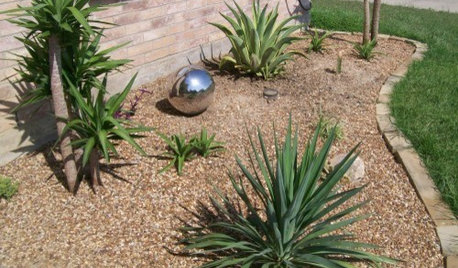
Design Dilemmas: 4 Questions for Houzzers
Share Your Advice for a Low-Water Garden, Wet Bar, Family Room and Basement Spa!
Full Story
MOVINGHiring a Home Inspector? Ask These 10 Questions
How to make sure the pro who performs your home inspection is properly qualified and insured, so you can protect your big investment
Full Story
KITCHEN DESIGN9 Questions to Ask When Planning a Kitchen Pantry
Avoid blunders and get the storage space and layout you need by asking these questions before you begin
Full StoryMore Discussions






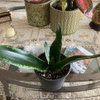

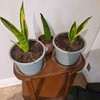
lainielady
marguerite_gw Zone 9aOriginal Author
Related Professionals
Maple Valley Landscape Architects & Landscape Designers · Garden City Landscape Architects & Landscape Designers · Havre de Grace Landscape Architects & Landscape Designers · Pelham Landscape Contractors · Ellensburg Landscape Contractors · Fort Payne Landscape Contractors · Lees Summit Landscape Contractors · Louisville Landscape Contractors · National City Landscape Contractors · Pacifica Landscape Contractors · Palos Heights Landscape Contractors · Fort Washington Window Contractors · Glendale Heights Window Contractors · Muttontown Window Contractors · Webster Groves Window Contractorsjon_d
karen715
jon_d